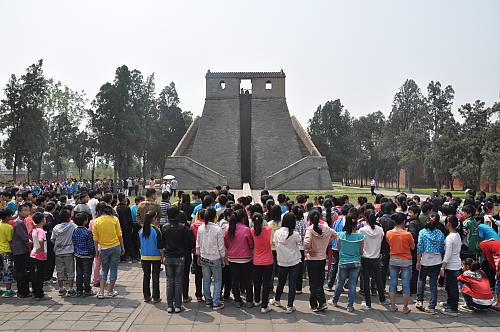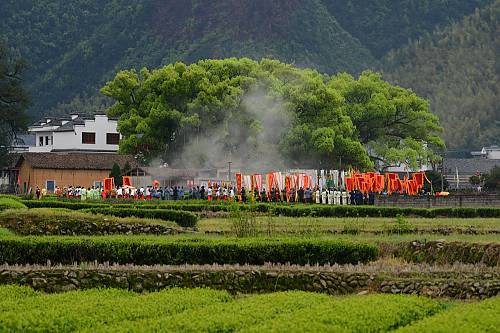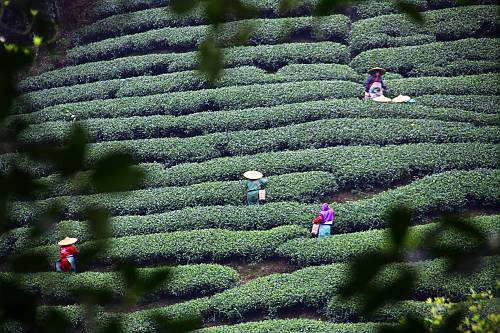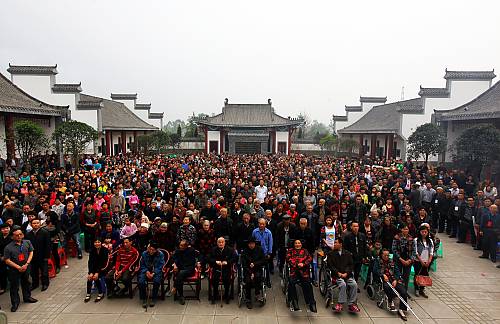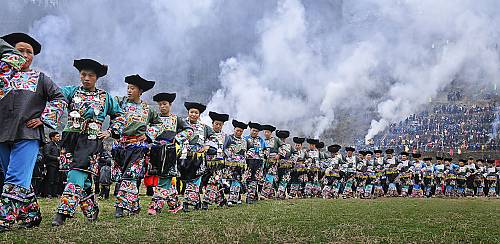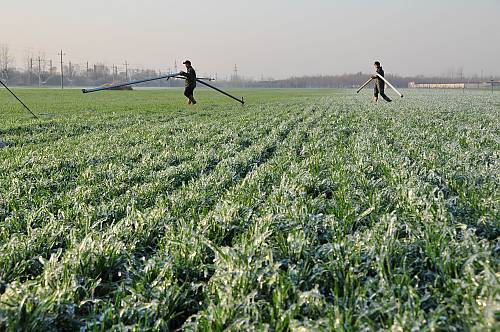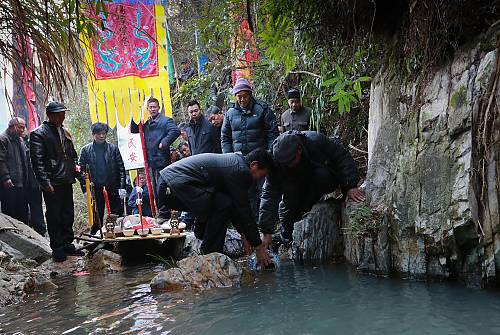The Twenty-Four Solar Terms, knowledge in China of time and practices developed through observation of the sun’s annual motion
Inscribed in 2016 (11.COM) on the Representative List of the Intangible Cultural Heritage of Humanity

The ancient Chinese divided the sun’s annual circular motion into 24 segments. Each segment was called a specific ‘Solar Term’. The element of Twenty-Four Solar Terms originated in the Yellow River reaches of China. The criteria for its formulation were developed through the observation of changes of seasons, astronomy and other natural phenomena in this region and has been progressively applied nationwide. It starts from the Beginning of Spring and ends with the Greater Cold, moving in cycles. The element has been transmitted from generation to generation and used traditionally as a timeframe to direct production and daily routines. It remains of particular importance to farmers for guiding their practices. Having been integrated into the Gregorian calendar, it is used widely by communities and shared by many ethnic groups in China. Some rituals and festivities in China are closely associated with the Solar Terms for example, the First Frost Festival of the Zhuang People and the Ritual for the Beginning of Spring in Jiuhua. The terms may also be referenced in nursery rhymes, ballads and proverbs. These various functions of the element have enhanced its viability as a form of intangible cultural heritage and sustain its contribution to the community’s cultural identity. Knowledge of the element is transmitted through formal and informal means of education.
